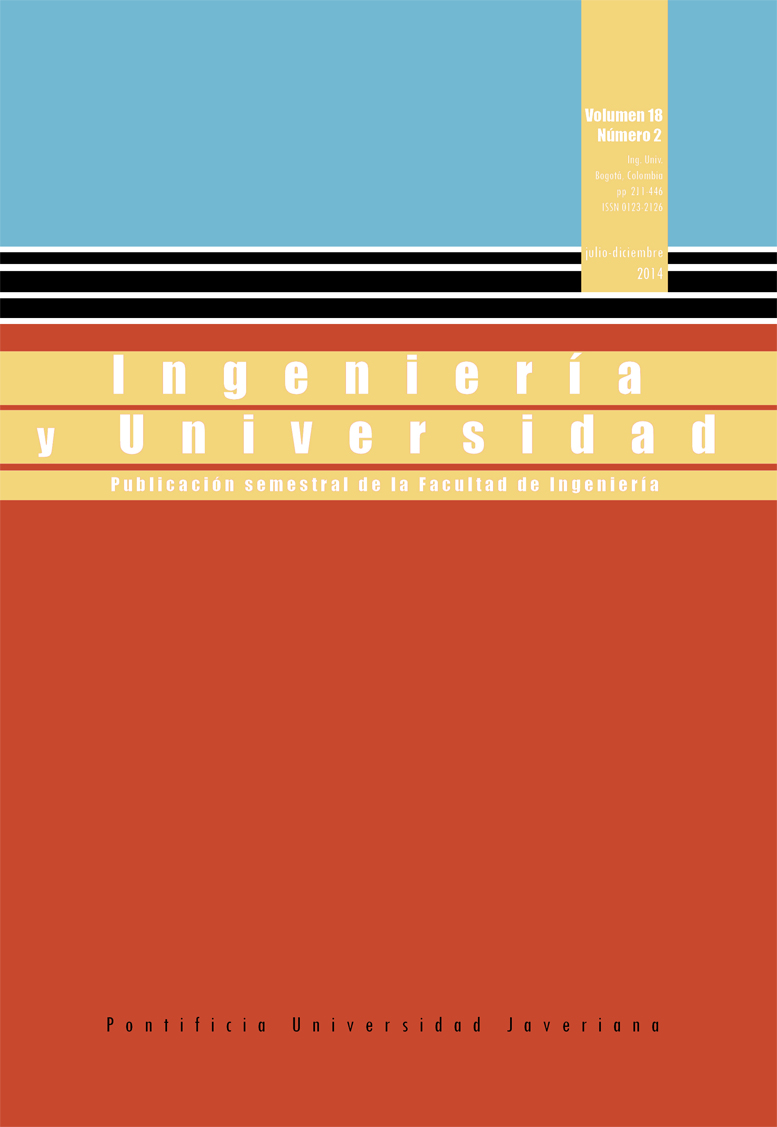Abstract
Background: Robot-assisted therapy or exoskeleton is anactive mechanical device that can be easily adjusted to fita different patient limb length, and is able to coordinateand amplify movements. The aim of this study focuses ondeveloping a robotic training system and quantificationmethods for upper limbs rehabilitation in clinic environmentsto be used in survivor stroke patients with motordisorders or loss of physical strength on one side of thebody. Methods: From an integrated approach, a design ofone exoskeleton is presented which allows patients performcomplex movements in four degrees of freedom (DOF)rehabilitation system. The system is controlled by means ofuser interface developed with Lab view v8.6 software thatsupports control and user interaction with the exoskeleton;so it’s possible for therapist to modify the patient routineincluding new movements and a number of repetitions inarticulating joints of shoulder, elbow and wrist. On otherhand system permits bio-feedback of electromyogrampatient activity during rehabilitation sessions. Results:Biomechanical analyses and structure design, implementationof power systems, the development of the controlsystem and user interface as well as its integration withthe mechanical system is presented. Conclusions: A robotarm exoskeleton device with four DOF; able to developcomplex, accurate and repetitive therapeutic routines forarticulating joints of shoulder, elbow and wrist trough aninterface is shown. The device permits to follow chronologicallypatient outcomes recording the electromyogramactivity during rehabilitation progress.
BLANCO, R.; DELISLE, D.; GARCÍA, J.C.; DÍAZ, C., and LÓPEZ, N. Registrador de electromiogramas destinado a estudios de la marcha. Bioingeniería y Física Médica Cubana. 2008, vol. 9, no. 3.
BRAUNE, W. Determination of body moments of inertia of the human body and its limbs. Berlin: Springer-Verlag, 1988.
CENCIARINI, M.; DOLLAR, A. Biomechanical considerations in the design of lower limb exoskeletons. IEEE International Conference on Rehabilitation Robotics Rehab Week Zurich, 2011. ETH Zurich Science City, Switzerland, June 29 - July 1, 2011.
DELISLE, D.; BLANCO, R.; GARCÍA, J.C.; DÍAZ, C.; LÓPEZ, N.; MARTÍNEZ, A. Módulo digital para electromiógrafo portátil. Ciencia y Tecnología. 2007, vol. 11, pp. 173-178.
ESTÉVEZ, A. Grado de discapacidad en pacientes hemipléjicos del “Policlínico Docente Universitario del Cerro”. Revista Cubana de Medicina General Integral. 2012, vol. 28, no. 4, pp. 682-693.
HUI, Y. Controlling a powered exoskeleton system via electromyographic signals. Proceedings of the 2009 IEEE International Conference on Robotics and Biomimetics December 19 -23, 2009, Guilin, China. pp. 349-353.
LO, H.S. and XIE, S.Q. Exoskeleton robots for upper-limb rehabilitation: State of the art and future prospects. Med Eng Phys. 2011. DOI: 10.1016/j.medengphy.2011.10.004.
ROSEN, J. and MOSHE, B. A myosignal-based powered exoskeleton system. IEEE Transaction on Systems, Man, and Cybernetics—part A: SYSTEMS AND HUMANS. 2001, vol. 31, no. 3.
SAFIZADEH, M. R. and HUSSEIN, M. Kinematic analysis of powered lower limb orthoses for gait rehabilitation of hemiplegic and hemiparetic patients. International Journal of Mathematical Models and Methods in Applied Sciences. 2011, vol. 5, no. 3, pp. 490-498.
STAUBLI, P. Effects of intensive arm training with the rehabilitation robot ARMin II in chronic stroke patients: four single-cases. Journal of Neuro Engineering and Rehabilitation. 2009, vol. 6, no. 46. DOI: 10.1186/1743-0003-6-46.
USER’S MANUAL for M542 V2.0. High performance microstepping driver. Version 1.0, 2008.
WEGE, A. and ZIMMERMANN, A. Electromyography sensor based control for a hand exoskeleton. Proceedings of the 2007 IEEE International Conference on Robotics and Biomimetics December 15 -18, 2007, Sanya, China.
WINTER, D.A. Biomechanics of human movement. New York: John Wiley and Sons, 1979.
This journal is registered under a Creative Commons Attribution 4.0 International Public License. Thus, this work may be reproduced, distributed, and publicly shared in digital format, as long as the names of the authors and Pontificia Universidad Javeriana are acknowledged. Others are allowed to quote, adapt, transform, auto-archive, republish, and create based on this material, for any purpose (even commercial ones), provided the authorship is duly acknowledged, a link to the original work is provided, and it is specified if changes have been made. Pontificia Universidad Javeriana does not hold the rights of published works and the authors are solely responsible for the contents of their works; they keep the moral, intellectual, privacy, and publicity rights.
Approving the intervention of the work (review, copy-editing, translation, layout) and the following outreach, are granted through an use license and not through an assignment of rights. This means the journal and Pontificia Universidad Javeriana cannot be held responsible for any ethical malpractice by the authors. As a consequence of the protection granted by the use license, the journal is not required to publish recantations or modify information already published, unless the errata stems from the editorial management process. Publishing contents in this journal does not generate royalties for contributors.


